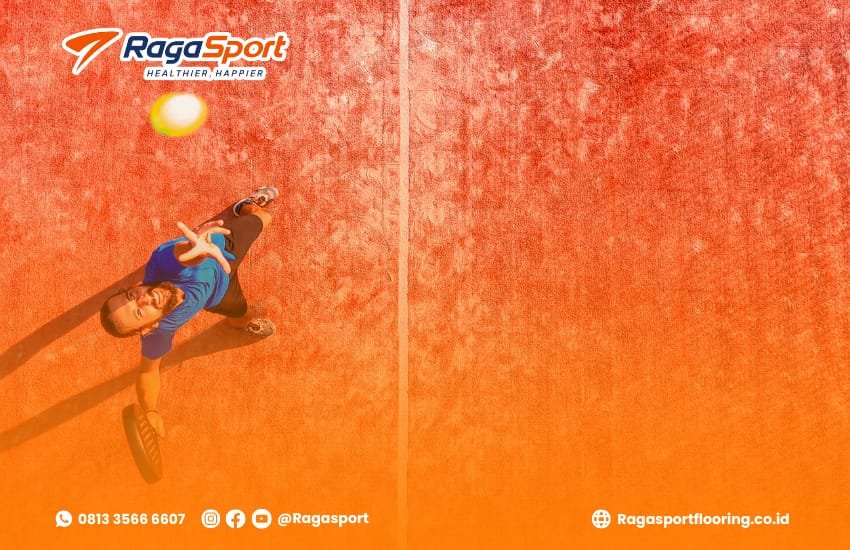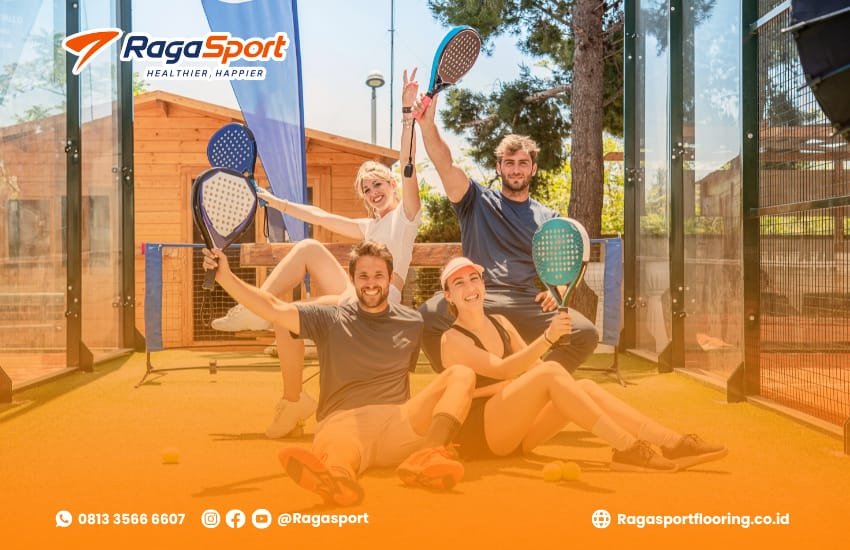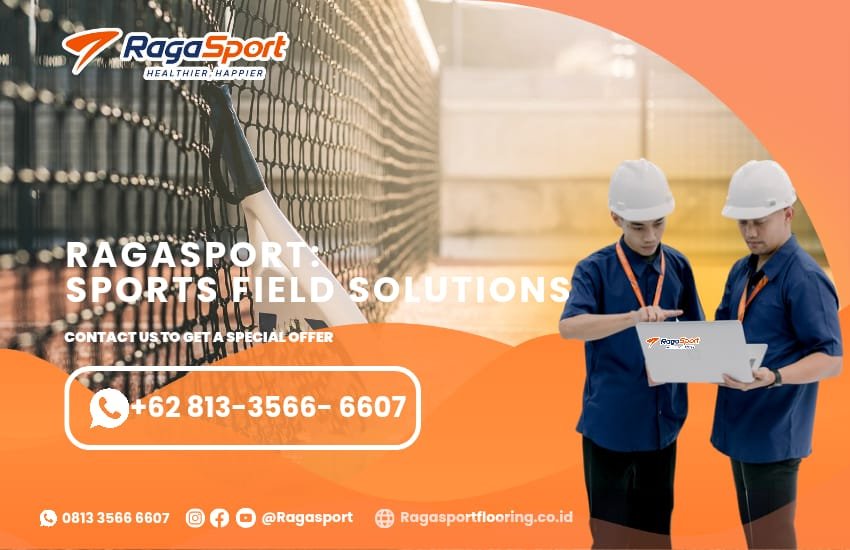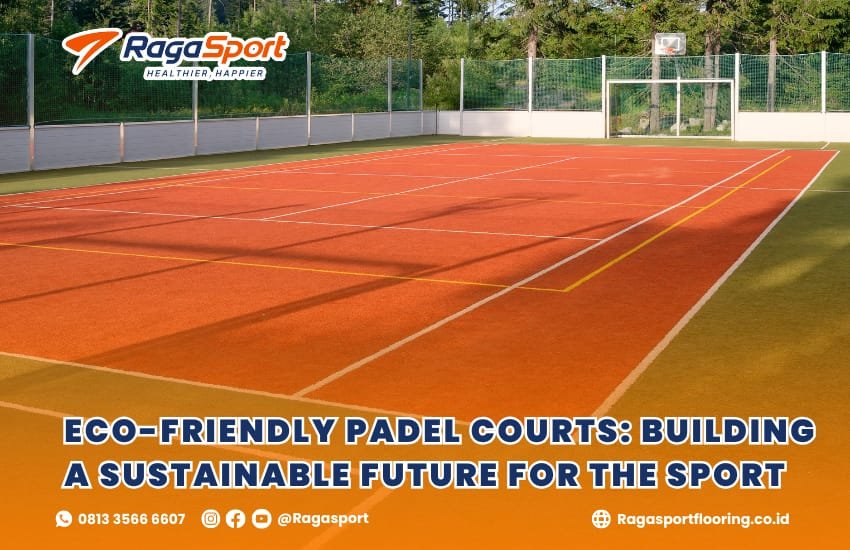The popularity of padel is growing rapidly across the globe, with new courts being built in cities and communities every year. However, this expansion brings an important responsibility: ensuring that the development of padel facilities does not harm the environment. This is where eco-friendly padel courts come into play. By integrating sustainable practices in construction, design, and maintenance, eco-friendly padel courts contribute to reducing carbon emissions, conserving resources, and promoting a greener lifestyle.
In this article, we will explore what makes padel courts eco-friendly, the benefits they offer, and how sustainable construction can create a lasting positive impact for both players and the planet.
Table of Contents
What Makes a Padel Court Eco-Friendly?
Building an eco-friendly padel court involves much more than just choosing “green” materials. It requires a holistic approach that considers every stage of the court’s life cycle—from construction to daily use and eventual renovation. Some key aspects include:
1. Sustainable Construction Materials
- Recycled steel and aluminum for court structures.
- Low-impact glass walls made from recyclable materials.
- Artificial turf created with recyclable fibers and eco-friendly infill.
2. Energy Efficiency
- LED lighting systems that consume significantly less energy compared to traditional floodlights.
- Solar-powered lighting and renewable energy integration.
- Smart lighting sensors that adjust brightness depending on natural daylight.
3. Water Conservati
- Turf systems designed to minimize water use.
- Rainwater harvesting for maintenance and cleaning purposes.
4. Waste Reduction
- Using recyclable packaging for construction materials.
- Implementing a plan for recycling or repurposing old turf and glass when upgrading the court.
By adopting these features, padel courts can significantly reduce their environmental footprint.
Benefits of Eco-Friendly Padel Courts

1. Environmental Protection
Eco-friendly courts lower greenhouse gas emissions, reduce waste, and preserve natural resources. They are designed to leave a smaller footprint, ensuring that padel can grow without causing environmental harm.
2. Lower Operating Costs
Sustainable design often leads to cost savings in the long run. LED lights and solar-powered systems reduce energy bills, while water-efficient turf decreases maintenance costs.
3. Healthier Playing Environment
Non-toxic materials and eco-friendly turf create a safer playing surface for athletes. Proper ventilation and natural lighting also enhance the playing experience.
4. Community Appeal
Many communities are becoming more environmentally conscious. Building eco-friendly padel courts not only attracts players but also positions clubs and academies as forward-thinking organizations committed to sustainability.
5. Long-Term Value
Sustainable construction is more durable, reducing the need for frequent renovations. This increases the lifespan of the facility, making it a wise investment.
Innovative Approaches in Sustainable Padel Court Design
Solar Energy Integration
Several modern padel courts are designed with solar panels on nearby buildings or directly above the courts. These systems generate clean energy to power lighting, ventilation, and other facilities.
Eco-Friendly Turf Systems
Artificial turf manufacturers are now creating recyclable turf that maintains excellent playing conditions without harming the environment. Some turfs are made from biodegradable fibers that minimize microplastic pollution.
Smart Court Technology
Sustainability also comes from efficiency. With smart monitoring systems, clubs can track energy use, lighting needs, and water consumption, making real-time adjustments to save resources.
The Role of Clubs and Developers in Sustainability

For padel clubs and facility developers, adopting eco-friendly construction is more than just a trend—it is a responsibility. By choosing sustainable designs, clubs can align with international green building standards, attract eco-conscious players, and contribute to global efforts to fight climate change.
Developers should also educate players about the importance of sustainability. Installing signage that highlights eco-friendly features can encourage athletes to take pride in supporting a greener sport.
Why Eco-Friendly Padel Courts Are the Future
As the world becomes increasingly aware of environmental challenges, industries across the board are being pushed to adopt greener practices. Sports are no exception. Eco-friendly padel courts are not only good for the planet, but they also ensure the long-term viability of the sport. By adopting sustainable methods today, we are safeguarding padel for future generations.
Whether you are a sports club, a private investor, or a municipality planning new courts, going eco-friendly is no longer optional—it is essential.
Conclusion
Eco-friendly padel courts represent the perfect balance between sports development and environmental responsibility. By integrating sustainable materials, energy-efficient technologies, and water-saving systems, padel clubs and communities can ensure the sport grows without harming the planet.
If you are planning to build a new padel court or upgrade an existing facility, consider eco-friendly solutions that deliver long-term benefits.

👉 Explore our Padel Court Construction Services and discover how we can help you design sustainable, world-class courts. For direct consultation, contact us via WhatsApp at wa.me/6281335666607

